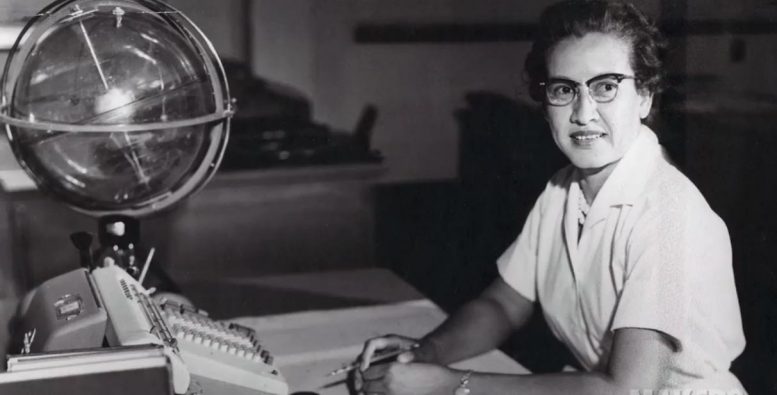
NASA research mathematician Katherine Johnson is photographed at her desk at Langley Research Center in Hampton, Virginia. Born on August 26, 1918, in White Sulphur Springs, West Virginia, Johnson worked at Langley from 1953 until her retirement in 1986. During her years at NASA, Johnson made many critical technical contributions to NASA spaceflight missions, including calculating the trajectory of astronaut Alan Shepard’s historic 1961 flight, when Shepard became the first American to reach space. Credit: NASA
West Virginia native and NASA mathematician Katherine Johnson would turn 103 this year on the same day as Women’s Equality Day, and many of those working at her namesake facility in Fairmont see a fitting connection.
Today, NASA’s Katherine Johnson Independent Verification and Validation Facility bears her name and legacy housing a program that assures NASA’s safety and mission-critical systems and software will operate reliably, safely, and securely. Many women from diverse backgrounds are currently part of that program and look to Johnson’s life and achievements in the work they do.
Trailblazer, contribution, extraordinary, and perseverance are just a few words some of the IV&V Program’s female employees used to describe their thoughts on Johnson.
“She was a bit of an over-achiever graduating from college and making her way in an engineering world dominated by men. She earned the respect of her managers and of astronauts,” Senior Systems Engineer Kathy Malnick said of Johnson.
Malnick, who works on the Commercial Crew Program (CCP), is inspired by Johnson’s contribution to another human-rated mission.
“I use my own skills, talents, and expertise to contribute to the safety of the astronauts on CCP missions, getting them to space and back home, just as Katherine did in those early days of human spaceflight,” she said, adding that Johnson’s contributions to NASA were key to early spaceflight and all that came after.
Johnson’s extraordinary abilities and dedication to doing the highest quality work for major NASA missions stands out to many, including Space Launch System (SLS) IV&V Project Manager Joelle Spagnuolo-Loretta.
“Johnson wanted her results to prove her worth, and they certainly did! She did not focus on her challenges or the ways she may have been treated. Her determination, perseverance, and excellent work proved her worth,” she said. “These things were noticed and made her highly regarded by others – regardless of her gender or race.”
Her inspiration goes beyond work for NASA and STEM for many, according to Jotwyla Moore of the IV&V Software Assurance Tools Team.
“Katherine Johnson’s life was multifaceted. She was gifted yet gracious. Capable, but corked,” she said. “The fact that she was a mother, wife, and friend who was involved in her church and community also resonates with me letting me know that other parts of life do not have to be sacrificed in doing great work for your employer.”
Today, NASA is an organization that provides spaces and support for women in STEM fields and doesn’t turn a blind eye to the fact that there is still work to be done, according to Exploration Ground Systems (EGS) IV&V Senior Systems Analyst Nelva Cary. And one only has to look at the work of Johnson to know that it can be done.
“I admire Johnson’s commitment to excellence and the ability to compute the trajectory for Alan Shepard’s first space flight,” she said. “She was a genius in spite of racism and sexism. I wonder what she might have achieved without those barriers.”
Those are barriers that Johnson certainly did face, and many women still face today in varying ways. Women’s Equality Day is a time to recognize strides women have made in the United States and beyond, and continue fighting against those obstacles and others.
With an eye always on innovation, inclusion and progress, the NASA IV&V Program remembers Johnson and her legacy while celebrating Women’s Equality Day.

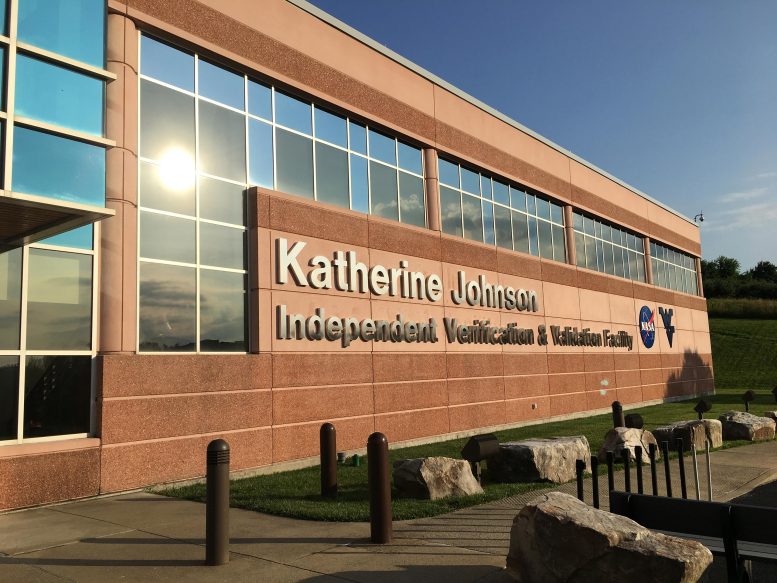
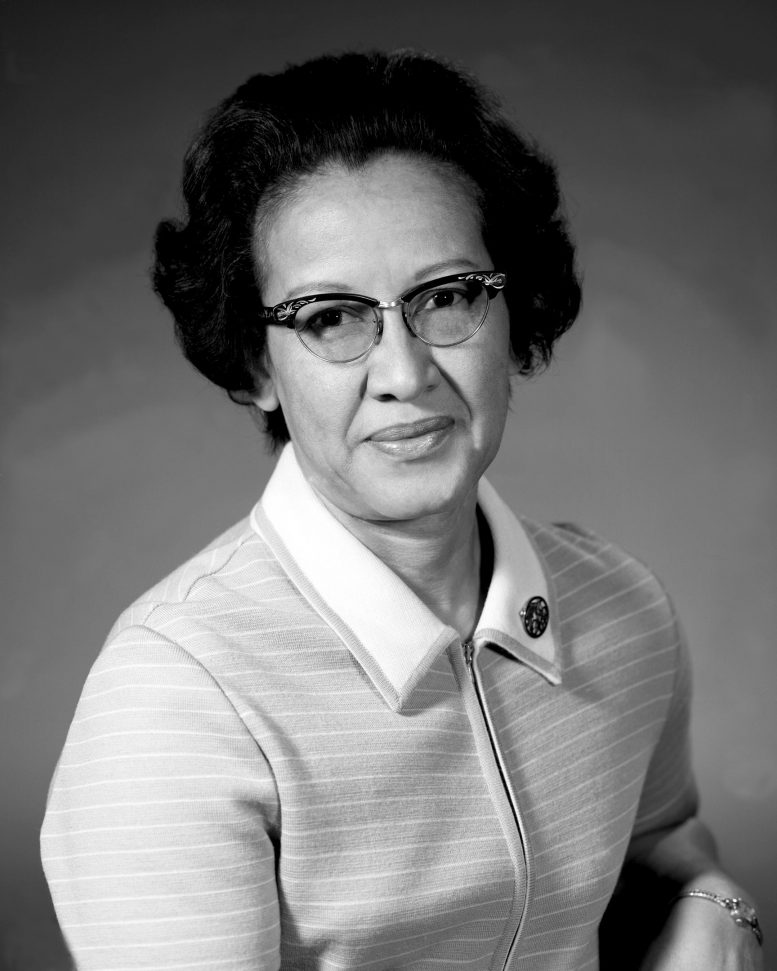



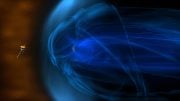
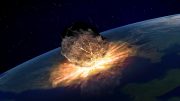
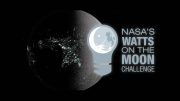
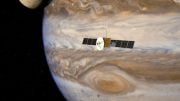
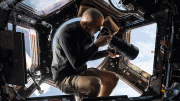
Be the first to comment on "Women’s Equality Day: Celebrating NASA Mathematician Katherine Johnson’s Legacy"